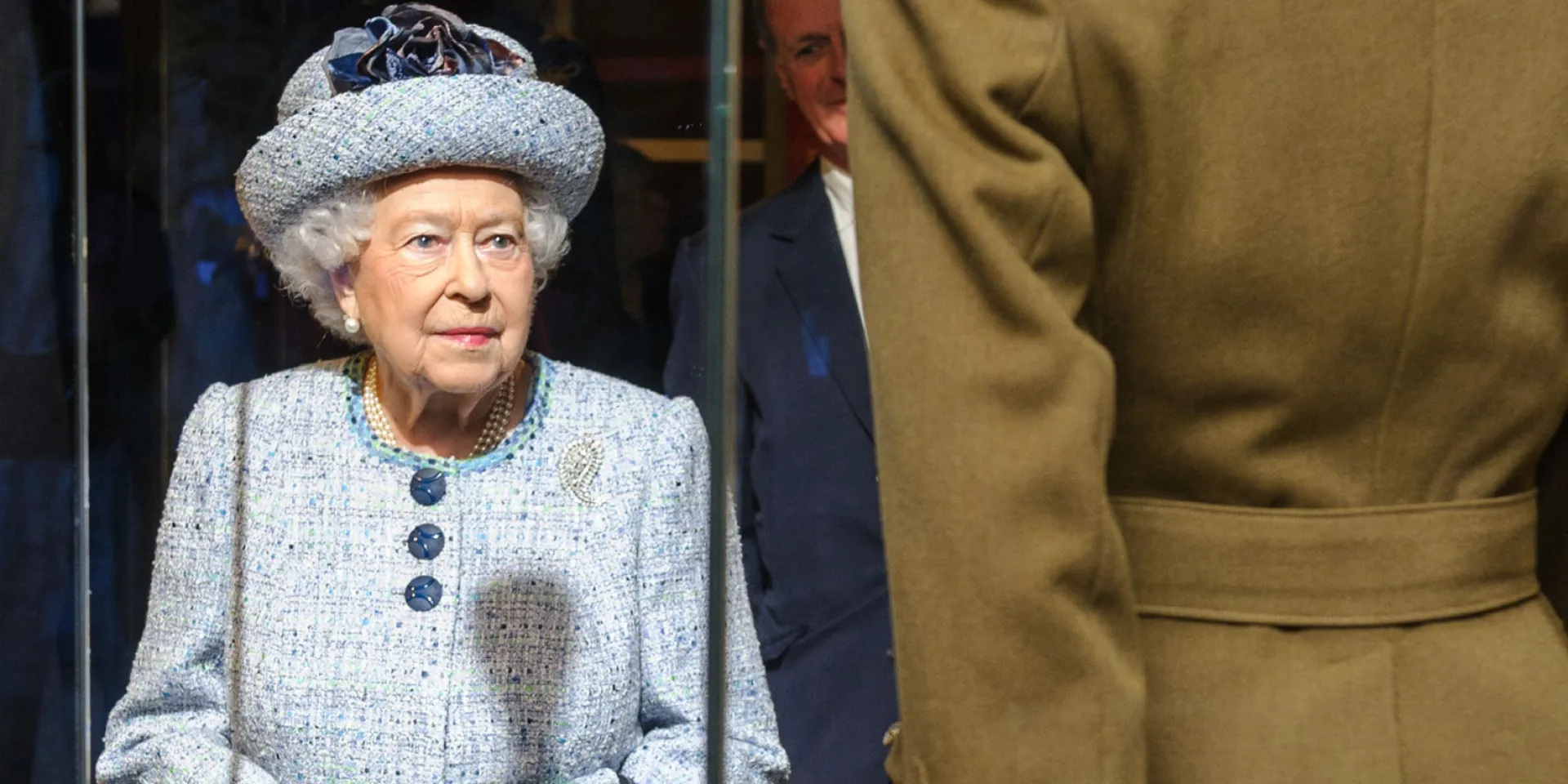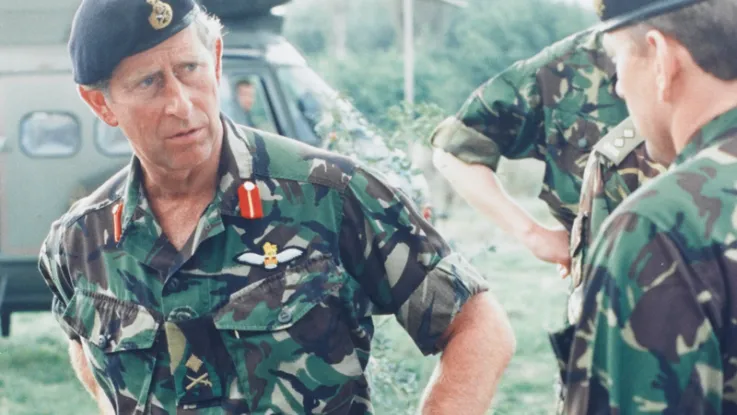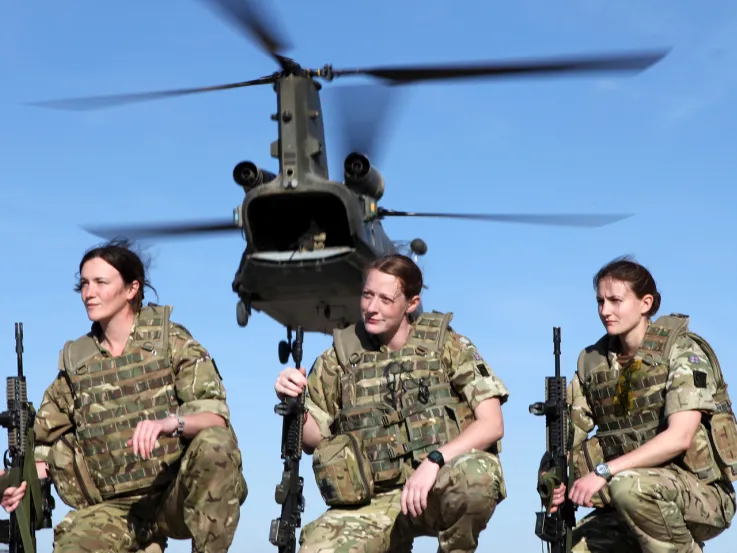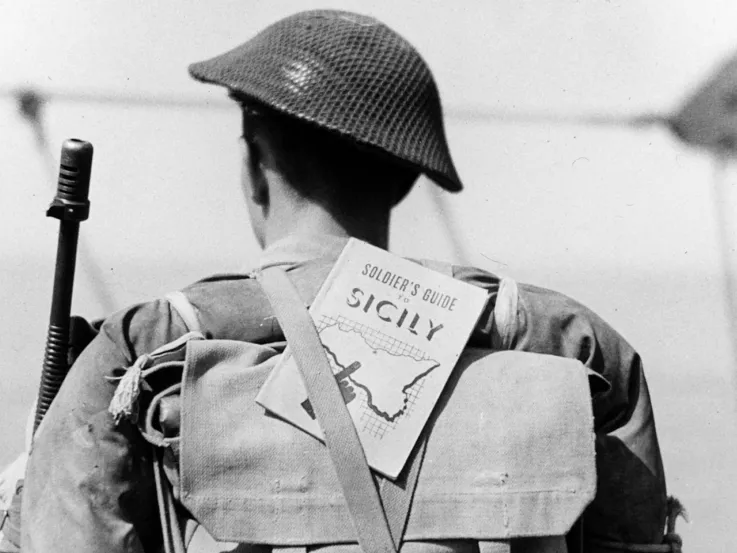
Queen Elizabeth II views her WRAC uniform at the National Army Museum, 2017
Royal tailoring
Princess Elizabeth (later Queen Elizabeth II) was given an honorary commission in the Women's Royal Army Corps (WRAC) when it was formed as a successor to the wartime Auxiliary Territorial Service (ATS) in 1949. Hawes & Curtis was the shirtmaker chosen to make the khaki shirt and tie for her uniform.
Specialising in luxury shirts and fine tailoring since 1913, Hawes & Curtis was a favourite for royalty. The brand was awarded four Royal Warrants between 1922 and 1957, including from King George VI and the Duke of Edinburgh.
'Part of our role as a museum is to preserve our amazing collections for the public and future generations. But it's also about keeping those items relevant and sharing their history in new and different ways. Our partnership with Hawes & Curtis has given us the opportunity to look at the production of uniform - specifically the Queen’s, which they tailored items for - and uncover the heritage behind it. It’s very exciting to be working with the same tailor to produce new items influenced by the Queen’s uniform, and it also demonstrates the timeless inspiration that comes from Army fashion.'Museum curator Sophie Anderton — 2018
Wartime service
In February 1945, at the age of 18, Princess Elizabeth joined the ATS as Second Subaltern Elizabeth Alexandra Mary Windsor.
By the end of the Second World War (1939-45), she had reached the rank of junior commander (equivalent to captain). She passed out as a fully qualified driver, having completed her course at No 1 Mechanical Training Centre, Aldershot.
Changing roles
The women of the ATS took on increasingly diverse roles during the war. As well as drivers and mechanics, they served as telephonists, despatch riders, mess orderlies, postal workers, ammunition inspectors, searchlight operators, range finders and military police. But they were prevented from taking part in the fighting.
Their groundbreaking work was taken up in the post-war era by a new force, the WRAC. Princess Elizabeth continued to play a role in this new organisation, becoming an honorary senior controller (a rank equivalent to brigadier). She resigned this appointment following her accession to the throne in 1952.











